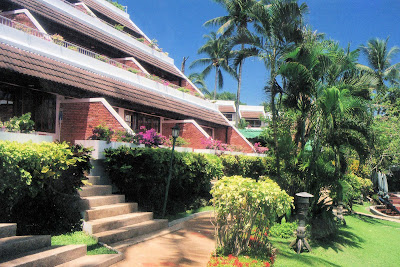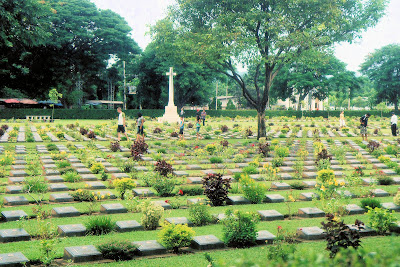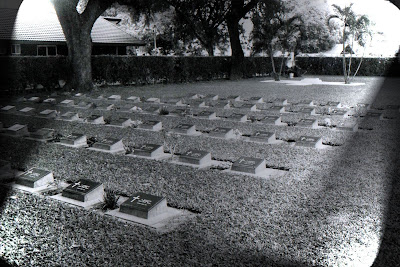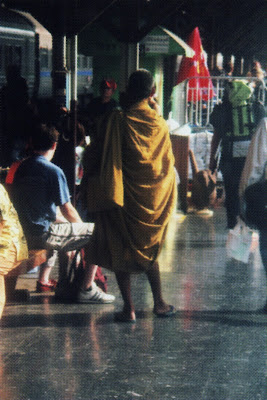I contend that that Dallas has a skyline that is world class, beautiful both day and night. I had never known a city before Dallas to purposely illuminate its skyline beyond the clutch of office lights burning the midnight oil. The red Mobil Oil "Pegasus" symbol used to light the way home for weary travelers on the highways leading to town but today the massive and mesmerizing green neon Bank of America tower now ably, if, some would say, pretentiously serves that purpose. The question for me was how to develop my own photography skills and find a unique angle to capture the city at the same time.
Heaven knows Dallas has been photographed by far greater talent from virtually every conceivable angle. The trick was to keep my eye on late night traffic and drunken revelers while scouting for suitable new angles. At the same time, being alone during the witching hour I had to watch for Dallas' denizens and other run of the mill miscreants with less than honorable purposes on their minds regarding my person and property. Dallas remains one of those cities that shuts down on the weekends so it is all too easy to spot a car or body out of place in an empty parking lot or public park. Neither did I want to be questioned by Dallas' finest, either, regarding my own intentions in some quiet part of town at that hour of the night!
An empty parking lot on the outskirts of the West End entertainment district served for the shot included here. It was windy so a tripod would have been fairly useless compared to the top of my car which helped here. Moving on from here I found City Hall sitting quietly on a bluff above the lower part of downtown for the next shot. Some electric and heated battles have been waged within the chambers of this building though the structure itself is sadly more interesting than most of the "work" performed inside. From here my last stop, Deep Ellum, would surely not disappoint for color at all hours of the day and night.
Most highway overpasses are places for birds to aim hi-level doo-doo bombs at unsu
Who decorates fallow ground under a ten-lane overpass? Above me rumbled late night traffic at the spot where I-45 ends its run north from Houston and US-75 becomes "Central Expressway" through Dallas to the northern suburbs of Plano and McKinney towards Tulsa, Oklahoma. Tons of commerce and thousands of travelers overhead every day head to points elsewhere completely unconcerned with the attempt to beautify the land beneath their tires. Deep Ellum has long been known as the edgy art district of Dallas, where free-spirits and non-conformists have always felt right at home creating unconventional art and sound. Murals dot the buildings to rival Haight-Ashbury so this Under the Overpass Exhibit simply adds to a long tradition of local vitality and recreation.
Where Deep Ellum was a deep local secret best kept out of sight from prying eyes it blossomed in the late 80s and early 90s in to the hottest of the weekend hotspots before its edgy nature went over the edge in violence and drugs. It has never, however, been counted out. Like so many album covers waiting for music to go with them, I instantly felt the exhibit resonates better at night than in the daylight, exactly the way Deep Ellum always has.
They were, after all, under an overpass.
Gotta go.




























